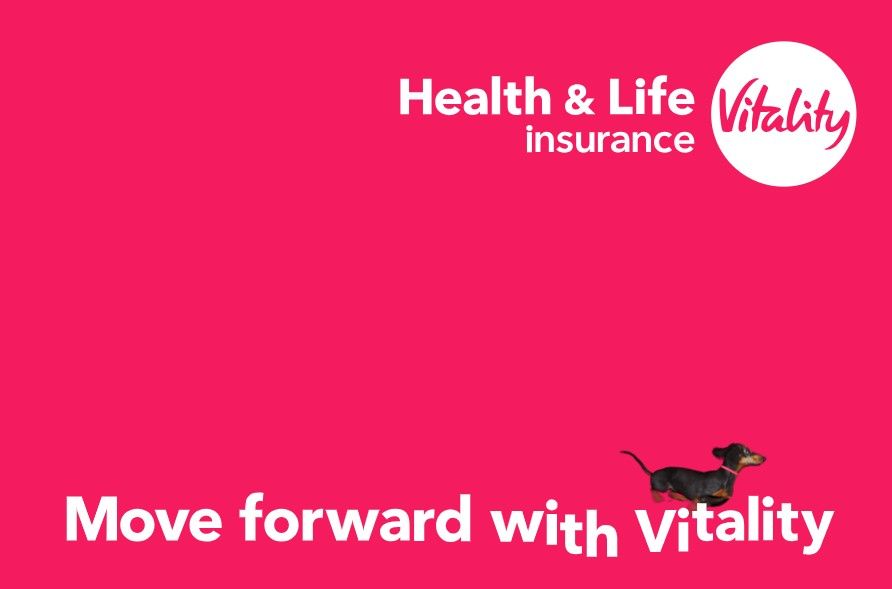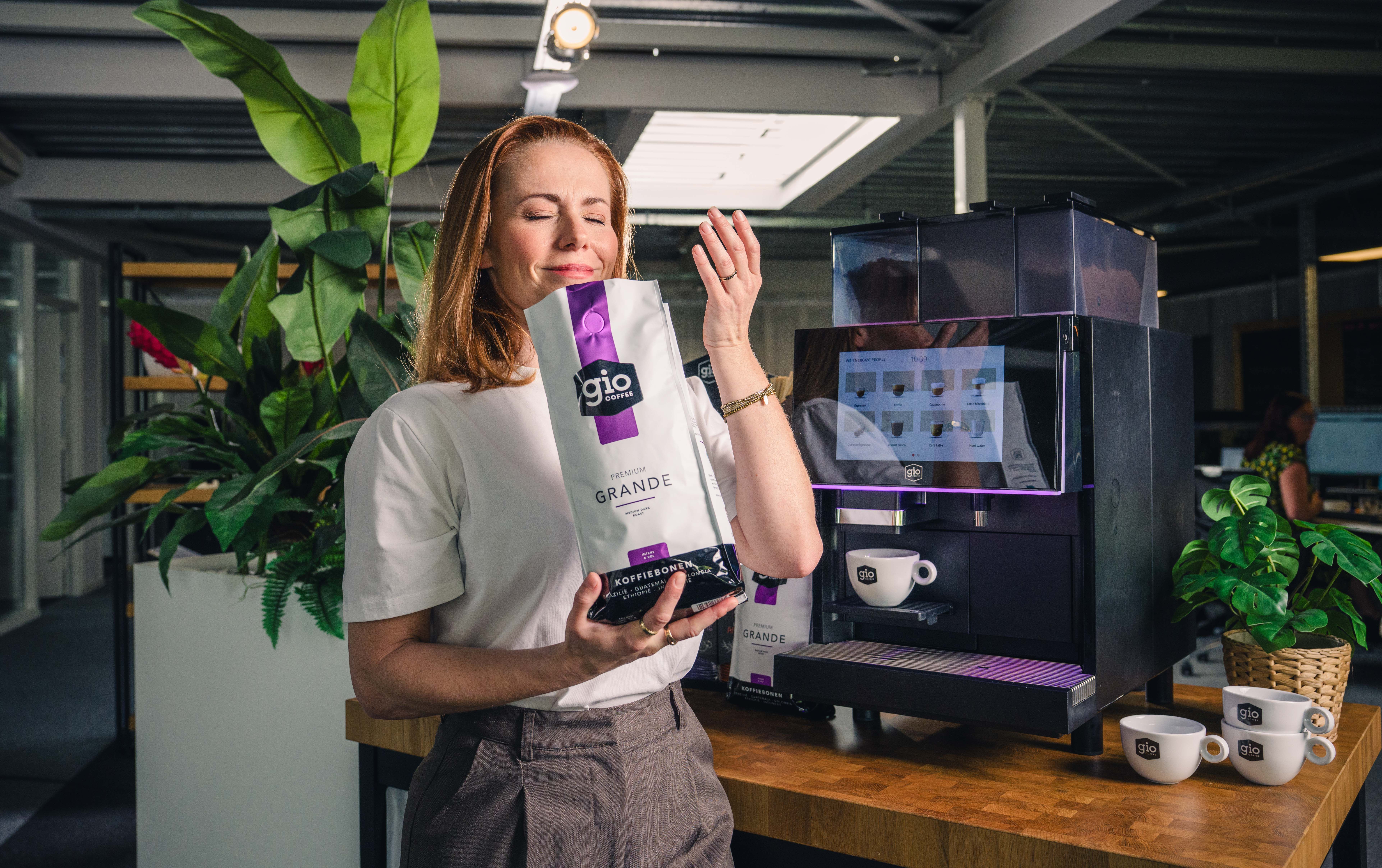A deepdive into Awareness, Consideration, Preference and Action Intent
In order to add value to the analysis, a comparison is made between display ads with and without consent. In order to make it a fair analogy, creatives that were used for both campaign strategies were identical.
CTR, Viewability and CPC
Let’s start with the results of the campaigns themselves. Opt Out Advertising’s non-consent strategy achieved a Click Through Rate (CTR) of 0,20%, outperforming the consent-led CTR by 55%. This means that non-consent traffic generated a higher level of engagement.
Next up: Viewability. The non-consent inventory exhibited a viewability rate of 87.51, surpassing consent traffic with a 20% margin. Non-consent traffic ensured a reduced ad clutter, which can be attributed to a lower bid density. For Vitality and advertisers alike, this means that they can purchase ad placements with a higher viewability rate - ultimately resulting in increased attention for their ads.
Another important metric is the Cost Per Click (CPC). Opt Out’s inventory maintained a CPC of only $ 0,80, an impressive cost saving percentage of 84% in comparison to the CPC for the consent-led strategy. In short, the investment per engagement is a lot lower for non-consent inventory.
Brand Uplift Study
Moving on to the value of the campaign in terms of Brand Awareness, Consideration, Preference and Action Intent. In order to measure this, Opt Out Advertising conducted a Brand Uplift Study. During the advertising term, Opt Out Advertising prompted the following questions for people that didn’t give consent:

At the starting point, awareness was relatively low. This isn’t surprising, considering the specific nature of the product Vitality was advertising for. Compared to the starting point, the Brand Uplift Study showed the following results:
- Awareness; from 9% to 25% (+16%)
- Consideration: from 7% to 14% (+7%)
- Preference: from 6% to 12% (+6%)
- Action Intent: from 2% to 8% (+6%)
Consideration and Preference doubled, and Awareness showed an impressive increase.

The advertiser, Vitality, was impressed by the non-consent results. After this campaign, Vitality invested in more non-consent campaigns.
This study truly shows that people who don’t share their data shouldn’t be ignored in campaign strategies. Our non-consent campaigns delivered strong engagement, real brand growth, and impressive cost savings, all while respecting user privacy.” Says Charlie Kearne, Digital Business Director at Walk-In Media




